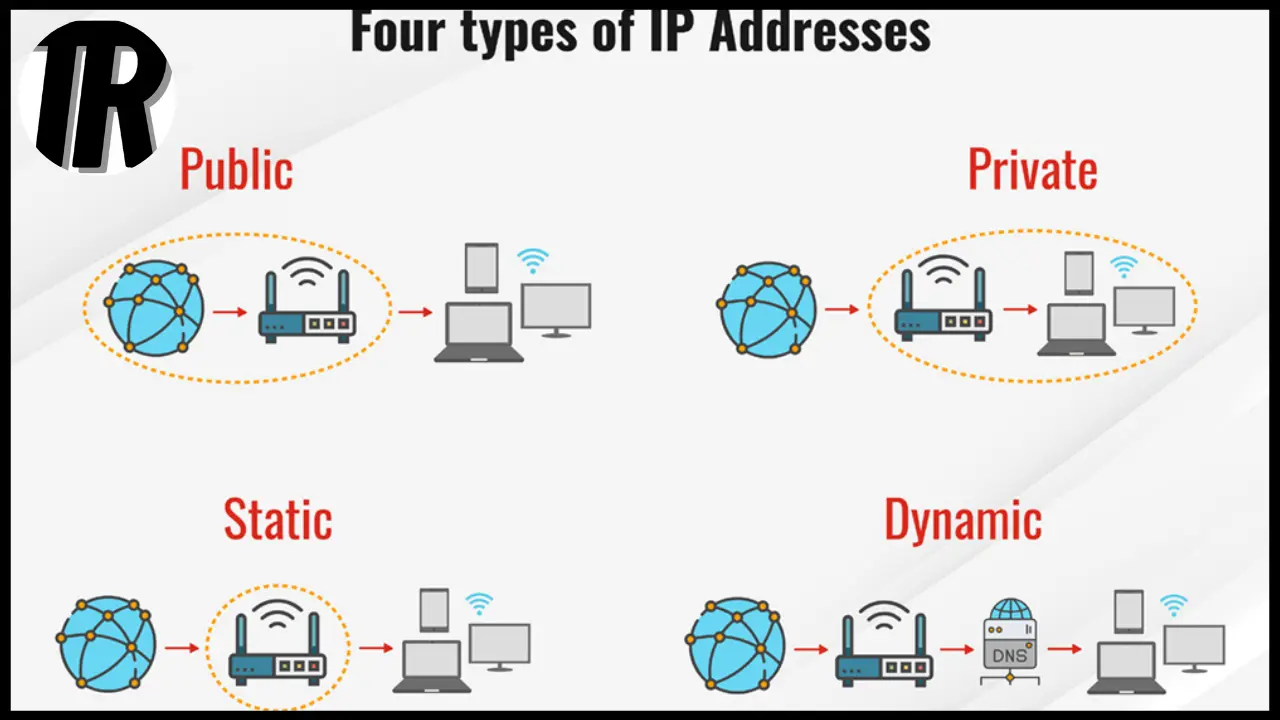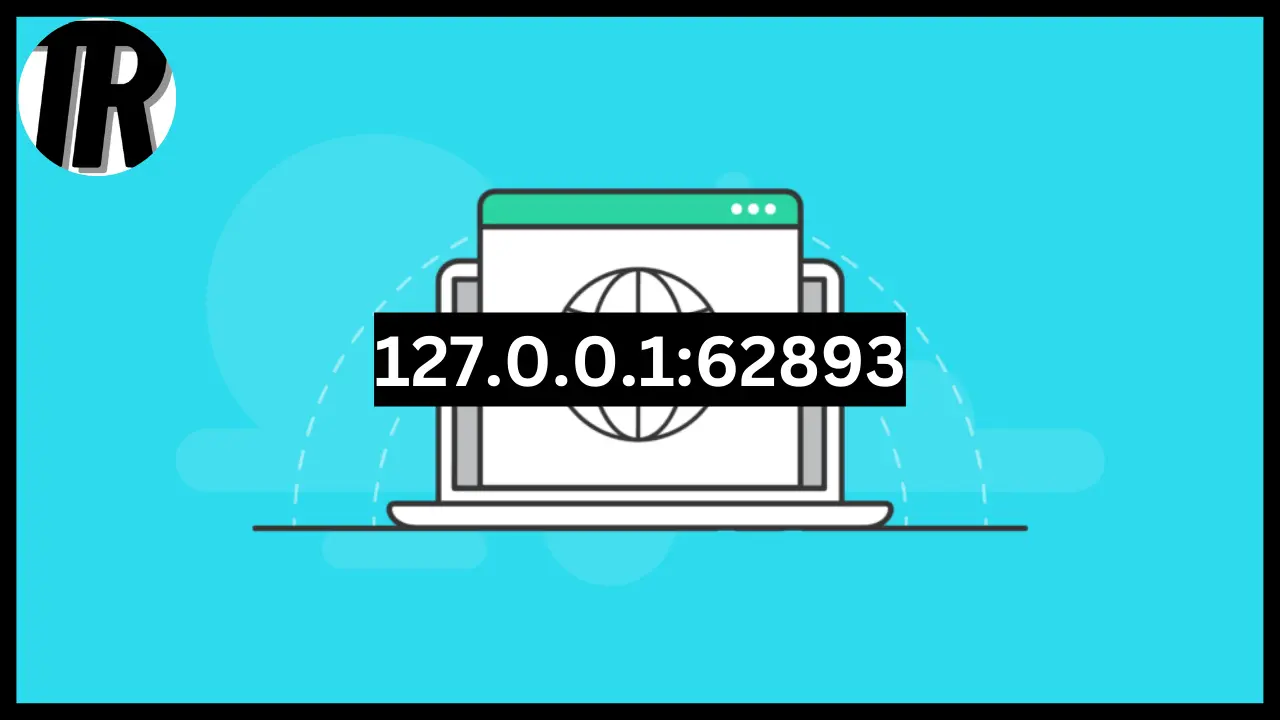The world of IP addresses can be complex and confusing, especially when you come across a specific IP address like 127.0.0.1:62893. If you’ve stumbled upon this article, you’re likely curious about what this address means, why it matters, and how it’s used. Whether you’re a tech enthusiast, a network administrator, or someone with a general interest in computer networks, understanding 127.0.0.1:62893 can be both fascinating and beneficial.
In this comprehensive guide, we will delve deep into the intricacies of 127.0.0.1:62893. We’ll explore its significance, its common applications, and the reasons it plays a crucial role in various network-related tasks. By the end of this article, you will have a clear and thorough understanding of this IP address, allowing you to navigate your network-related endeavors with confidence. Let’s get started!
What is 127.0.0.1?
Understanding Localhost
The IP address 127.0.0.1 is commonly referred to as “localhost.” In networking, localhost is a loopback address, meaning it is used to establish a connection with the same machine or computer that is being used by the user. Essentially, when you use 127.0.0.1, you are referring to your own computer.
This loopback address is integral for various testing and network diagnostic purposes. For instance, developers often use localhost to test web applications before deploying them to a live environment. By using 127.0.0.1, they can run their applications locally and ensure everything is functioning as expected without needing an external server.
The Importance of Localhost
Localhost serves as a vital tool for developers, network administrators, and IT professionals. It allows for the testing of applications and services in a controlled environment, reducing the risk of errors and security issues in live settings. Moreover, using localhost can help in troubleshooting network issues, as it helps isolate problems to determine if they are local or network-wide.
By understanding localhost and its functions, you can better manage your development environment, ensuring that applications run smoothly before they reach the end user. This foundational knowledge sets the stage for exploring the specific port 62893 and its role in networking.
The Role of Ports in Networking
What Are Ports?
In computer networking, ports serve as communication endpoints for different services and applications. Each port is associated with a specific process or service on a device, allowing multiple services to operate simultaneously without interference. Ports are identified by numbers, ranging from 0 to 65535, with each number representing a different service or application.
For example, common ports include 80 for HTTP (web traffic) and 443 for HTTPS (secure web traffic). When data is sent over a network, it is directed to a specific port number to ensure it reaches the correct application or service.
Why Port 62893?
Port 62893 is one of the many ports that can be used for various applications and services. Its significance lies in its role within the context of localhost (127.0.0.1). When combined with 127.0.0.1, port 62893 can be used to test specific services or applications locally.
For instance, a developer might configure their application to listen on port 62893 while running on localhost. This allows them to test the application’s functionality and ensure it is working correctly before making it available to users on the broader internet. By using a specific port, they can isolate the application from other services running on the same machine, making debugging and testing more efficient.
Practical Applications of 127.0.0.1:62893
Web Development and Testing

One of the primary uses of 127.0.0.1:62893 is in web development and testing. Developers often run web servers on localhost to test new features, debug issues, and ensure their code is functioning as expected. By using port 62893, they can run multiple instances of a web server on the same machine, each on a different port, without conflicts.
For example, a developer might use port 62893 for testing a new version of their website while the current version runs on a different port. This setup allows them to compare the two versions side by side and make necessary adjustments before deploying updates to the live site. This approach helps maintain a smooth user experience by minimizing downtime and reducing the likelihood of errors.
Network Diagnostics
In addition to web development, 127.0.0.1:62893 is valuable for network diagnostics. IT professionals can use this combination to troubleshoot network issues by running diagnostic tools and applications locally. By testing services on localhost, they can determine whether problems are isolated to a single machine or are indicative of broader network issues.
For instance, if a network service is failing, an administrator might run the service on 127.0.0.1:62893 to see if it operates correctly in a local environment. If the service works on localhost but not on the network, the issue likely lies in the network configuration or external factors rather than the service itself. This methodical approach to troubleshooting helps quickly identify and resolve issues, ensuring network stability and performance.
Security Considerations
Localhost Security
While localhost (127.0.0.1) is generally considered secure because it only allows connections from the same machine, it is essential to maintain good security practices. Running services on localhost can still pose risks if not properly managed. For instance, if an application listening on localhost has security vulnerabilities, an attacker with access to the machine could exploit those weaknesses.
To mitigate these risks, ensure that all applications and services running on localhost are regularly updated and patched. Additionally, implement proper access controls and monitor for unusual activity on your machine. These steps help maintain the integrity and security of your local environment.
Port Security
When using specific ports, such as 62893, it is crucial to manage access and permissions carefully. Unauthorized access to ports can lead to security breaches, data leaks, and other malicious activities. To protect your system, configure firewalls and security groups to restrict access to necessary ports.
For instance, only allow trusted IP addresses or specific users to access port 62893. Regularly review your port configurations and update them as needed to ensure they align with your security policies. By taking these precautions, you can safeguard your applications and services from potential threats.
Troubleshooting Common Issues
Connectivity Problems
One common issue when using 127.0.0.1:62893 is connectivity problems. These issues can arise from various factors, such as incorrect configurations, firewall settings, or software conflicts. To troubleshoot connectivity problems, start by verifying that your application is correctly configured to listen on port 62893.
Next, check your firewall settings to ensure that port 62893 is not being blocked. If you are still experiencing issues, review the logs of your application and any associated services for error messages or warnings. By systematically addressing each potential cause, you can identify and resolve connectivity problems effectively.
Performance Issues
Another common challenge is performance issues when using 127.0.0.1:62893. These problems can result from resource limitations, software bugs, or inefficient configurations. To address performance issues, begin by monitoring the resource usage of your application and the system as a whole.
Identify any bottlenecks or areas where resource consumption is unusually high. Optimize your application and configurations to reduce resource usage and improve performance. Additionally, consider updating your hardware or software to better support your needs. By taking a proactive approach to performance management, you can ensure your applications run smoothly and efficiently.
Read Also: 127.0.0.1:49342: The Ultimate Guide to Localhost Testing
Advanced Configurations
Customizing Ports
While port 62893 can be used for various applications, you might need to customize your port configurations for specific requirements. Customizing ports involves selecting different port numbers or ranges to better align with your application’s needs and security policies.
For example, if you are running multiple instances of an application on the same machine, you might assign each instance a unique port number. This setup allows for better organization and management of your applications, reducing the risk of conflicts and improving overall performance.
Using Port Forwarding
Port forwarding is another advanced configuration that can enhance the functionality of 127.0.0.1:62893. By forwarding ports, you can redirect traffic from one port to another, enabling more flexible and efficient use of your network resources.
For instance, if you have a web server running on port 62893 but need to make it accessible externally, you can set up port forwarding to map an external port to 62893. This configuration allows external users to access your web server while maintaining the security and control provided by localhost. Implementing port forwarding can improve accessibility and usability, particularly in complex network environments.
Best Practices for Using 127.0.0.1:62893
Regular Monitoring and Maintenance
To ensure the optimal performance and security of your applications and services running on 127.0.0.1:62893, it is essential to implement regular monitoring and maintenance practices. This involves routinely checking the status and performance of your applications, reviewing logs for any unusual activity, and keeping your software and configurations up to date.
By proactively addressing potential issues and maintaining a well-organized environment, you can minimize disruptions and ensure your applications run smoothly. Regular monitoring also helps identify and resolve problems before they escalate, contributing to a more stable and reliable system.
Documentation and Training
Another best practice is to maintain thorough documentation and provide training for anyone involved in managing or using 127.0.0.1:62893. Clear and detailed documentation ensures that all configurations, procedures, and best practices are well understood and easily accessible.
Training helps ensure that everyone involved is equipped with the necessary knowledge and skills to effectively manage and troubleshoot issues related to 127.0.0.1:62893. By fostering a culture of continuous learning and improvement, you can enhance the overall effectiveness and efficiency of your network management efforts.
FAQs
1. What is the purpose of 127.0.0.1?
127.0.0.1, also known as localhost, is used to establish a connection with the same machine being used by the user. It is primarily used for testing and development purposes.
2. How does port 62893 fit into the picture?
Port 62893 is one of the many ports that can be used for various applications and services. When combined with 127.0.0.1, it allows developers to test specific services or applications locally.
3. Why is localhost important for developers?
Localhost is crucial for developers as it allows them to test web applications in a controlled environment, ensuring everything functions as expected before deployment to a live environment.
4. What are the security considerations for using localhost and specific ports?
Although localhost is generally secure, it’s essential to maintain good security practices, such as updating applications, configuring firewalls, and restricting access to necessary ports to prevent unauthorized access.
5. How can I troubleshoot connectivity issues with 127.0.0.1:62893?
To troubleshoot connectivity issues, verify that your application is correctly configured to listen on port 62893, check your firewall settings, and review logs for error messages or warnings.
6. What are some best practices for using 127.0.0.1:62893?
Best practices include regular monitoring and maintenance of applications, thorough documentation, and training for anyone involved in managing or using 127.0.0.1:62893.
7. Can I customize the port number for my application?
Yes, you can customize the port number for your application by selecting different port numbers or ranges to better align with your application’s needs and security policies.
8. What is port forwarding, and how can it be useful?
Port forwarding redirects traffic from one port to another, enabling more flexible and efficient use of network resources. It can make applications running on localhost accessible externally while maintaining security.
Read Also: Revo Technologies Murray Utah: Leading Innovation in Tech
Conclusion
Understanding the intricacies of 127.0.0.1:62893 is essential for anyone involved in web development, network administration, or IT. This IP address and port combination offers a powerful tool for testing and troubleshooting in a controlled environment. By following best practices and maintaining a strong focus on security, you can ensure that your applications and services run smoothly and efficiently.
As we’ve explored throughout this article, the role of 127.0.0.1:62893 extends beyond mere numbers—it encompasses a range of practical applications and considerations that are vital for effective network management and development. With this comprehensive guide, you are now equipped with the knowledge and insights needed to leverage 127.0.0.1:62893 to its full potential.




